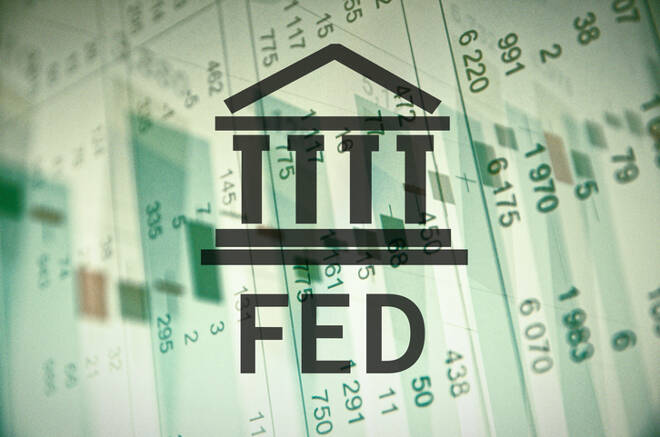Advertisement
Advertisement
Fed Intervened to Prevent Financial Crisis, Not to Save the Stock Market
By:
The Fed didn’t intervene last week to save the stock market, it moved to save the financial system. And it probably made the best move at the right time. Just look at how many markets were impacted by its move to make liquidity available.
Last Thursday, the U.S. Federal Reserve made a dramatic move to stabilize the financial system that many thought represented a stock market bailout. The Twitter-world was fast to call it a bailout with some tweeters suggesting if the Fed has enough money to bail out the stock market then why not those ordinary folks holding student loan debt or common mortgages. However, the real reason the Fed injected about $1.5 trillion into the debt markets was to keep them from collapsing in the face of the rapidly spreading coronavirus mania.
Were the debt markets on the brink of collapse? We’ll never know, but what we do know is the call was close enough to cause the Fed to take aggressive action. It also highlights how fast conditions can change even in a highly regulated marketplace. It was important for the Fed to act quickly because of lessons learned during the 2008-2009 financial crisis, where credit markets seized up, ultimately putting a couple of major brokerage firms out of business, forcing mergers and leading to the biggest bailout of the U.S. financial markets in history.
In short, the Fed did not flood the market with cash to save the benchmark S&P 500 Index from crashing or widely-held Amazon shares from wiping out small-investor 401K accounts. Its aggressive move was not meant to save the few, but to save the many from a major collapse of the vital Treasury market. This move was designed to prevent another financial crisis.
Every day, small banks, big banks, brokerage firms, hedge funds, money markets and the Federal Reserve participate in the repurchase agreement or repo market. The world’s financial institutions use this type of transaction to fund themselves using government debt as collateral. Due to the excessive demand for Treasurys, liquidity has become a major issue. Essentially, if the repo market seizes up for some reason, much of the financial system will cease to function. This occurred during the 2008 financial crisis which is often described as a “run on the repo market.”
So the Fed didn’t bailout the market last week, it provided liquidity to a major market that became less liquid as financial firms gobbled up safe-haven Treasurys as protection during the coronavirus crisis that turned our bull markets into bear markets in a matter of weeks.
With the major investors taking cash out of the markets by buying Treasurys, the Fed made a move to address this shortage by putting cash back into the market.
Stocks closed lower last week, but Treasury yields moved higher. Some of the selling in the stock market was related to investors making adjustments to lower earnings. This is normal. What isn’t normal is a stock market crash and that aggressive selling was being fueled by fears of a financial crisis, not only a recession.
Now that the Fed has stepped in to provide liquidity, the Treasury bond buying could subside. So we could actually see yields and stocks rise at the same time. (I know, it’s not what you’ve been used to seeing.) Furthermore, rising yields and stocks could also pressure other safe-havens like the Swiss Franc and Japanese Yen. Gold could continue to tumble as rising rates drive up the U.S. Dollar, making dollar-denominated gold a less-desirable asset.
In summary, the Fed didn’t intervene last week to save the stock market, it moved to save the financial system. And it probably made the best move at the right time. Just look at how many markets were impacted by its move to make liquidity available. If conditions worsen, don’t be surprised if the Fed does it again.
Put that in your trading toolbox: Fed intervention, yields rise, stock selling subsides, dollar rises, and safe-haven bonds and Japanese Yen break. Gold, well with yields rising, gains are likely to remain caps and losses could grow.
Fed monetary liquidity is good news. Massive government fiscal stimulus will be next. Hopefully, the Fed and the government can get on the same page and provide a double-dose of stimulus simultaneously.
About the Author
James Hyerczykauthor
James is a Florida-based technical analyst, market researcher, educator and trader with 35+ years of experience. He is an expert in the area of patterns, price and time analysis as it applies to futures, Forex, and stocks.
Latest news and analysis
Advertisement
